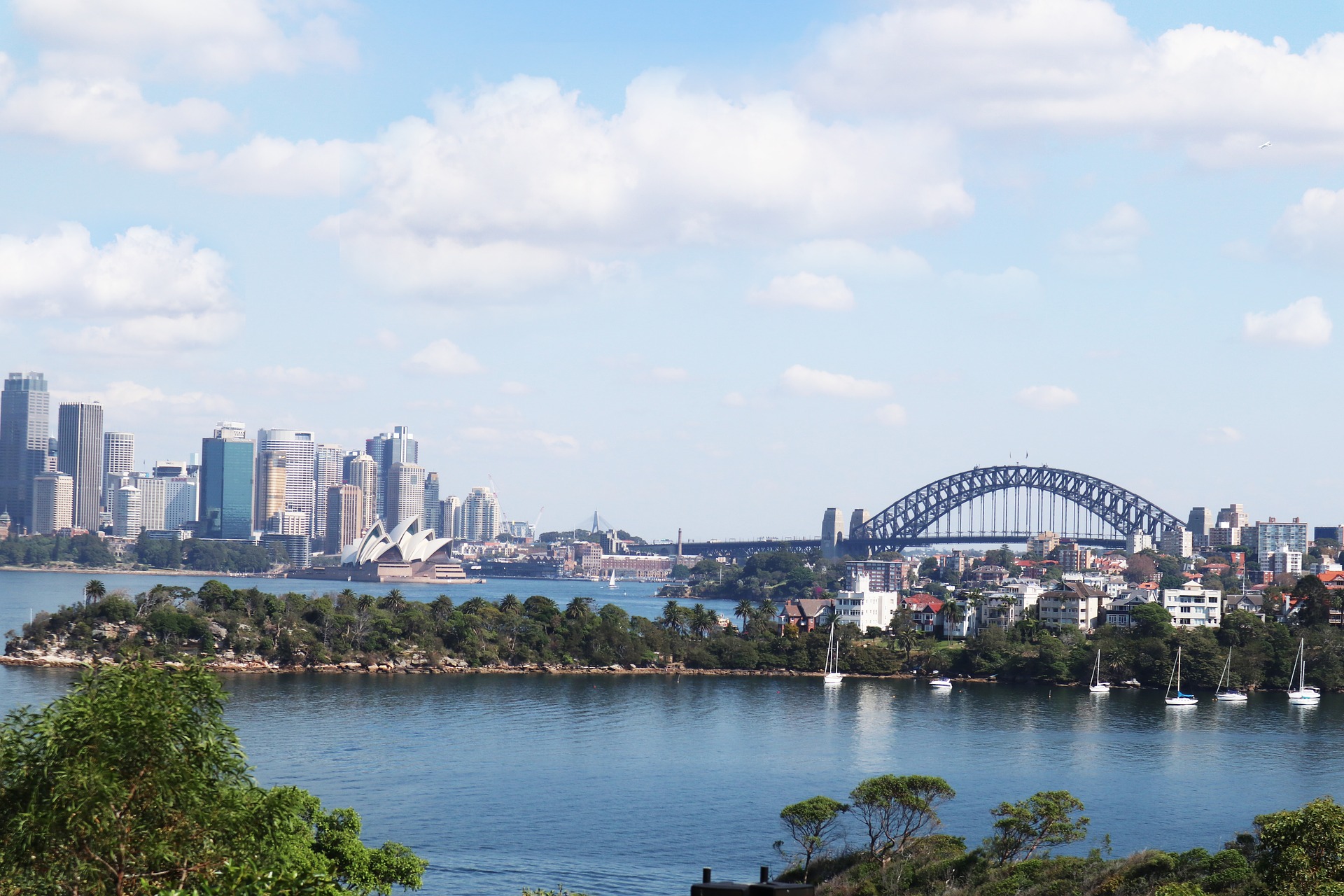Expert Reaction
These comments have been collated by the Science Media Centre to provide a variety of expert perspectives on this issue. Feel free to use these quotes in your stories. Views expressed are the personal opinions of the experts named. They do not represent the views of the SMC or any other organisation unless specifically stated.
Dr Abrar Chughtai is a Senior Lecturer and the Director of the Master of Infectious Diseases Intelligence Program at the School of Population Health, University of New South Wales Australia
One new case was reported on Wednesday and now his wife is also positive today. There is no travel history but according to some reports, genomic sequencing has linked the infection to a returned overseas traveller quarantined at a hotel. But there is no direct link between the case and the traveller in quarantine. So there may be another person (or more) in this chain of transmission.
That shows that community transmission may be ongoing and we may see a few more cases in coming days. Recently, the fragments of the virus have also been detected in the inner west sewerage network of Sydney. NSW government has immediately announced some restrictions, including mandatory face mask on public transport and in public indoor venues.
Though the case was diagnosed on Wednesday, the case may be infectious for 3-4 days. If the number of cases continue increasing in coming days, we may have to impose more strict measures, including lockdown in selected areas.
Based on previous responses, hopefully the NSW Government will be able to control this outbreak, however the main issue is slow vaccination in Australia. These cases or similar cases in the future may lead to a large outbreak here and the Australian population is at large not immune.
Some strains spread more rapidly and we do not know the type of strain at this stage, or least it is not announced. So we should speed up our vaccination program, to avoid large outbreaks in the future.
Cassandra Berry is a Professor of Immunology at Murdoch University
I believe that the man in his 50s has been tested positive for high levels of COVID-19 virus. The virus genome has been matched to a traveller returning from the US, who was moved from hotel quarantine to Sydney Health Accommodation.
There lies a risk in the transportation of COVID-positive patients.
There is a high probability that he has been shedding the virus in the community. There will likely be more cases besides his wife.
Confusion often lies around the meaning of “airborne“ when virus transmission is mentioned.
During the early days of SARS-CoV2 infection, the virus infects the upper respiratory tract and saliva. Here the virus can be airborne and transmitted by aerosols, quite simply by talking/ singing/ kissing or sharing drink bottles and utensils. Later during the course of infection, the virus can move down to the lower respiratory tract. Now, the mode of transmission is more likely by droplets.
It is ideal with any community spread that social distancing, mask wearing, QR code scanning and hand hygiene is maintained. COVID testing should be increased. Common sense would be to get tested and self-isolate if you have attended any of the listed exposure sites.
Associate Professor Taghrid Istivan is Associate Professor of Microbiology and Senior Program Leader - Biosciences at RMIT University
The new “mystery” case in NSW is a worrying one, as no links to overseas travel, hotel quarantine, and to health services could be found. However, this is a clear indication that one or more other undetected cases may exist in the community, possibly by an asymptomatic carrier, who is shedding the virus.
Is there a need for a snap lockdown? I do not think so, but extra infection control measures are required. This may include making wearing face masks mandatory in public places, and restrictions on crowd size in certain venues, including visitors to hospitals and aged care facilities.
Without these additional control measures and with the low vaccination rate in the community, and the reluctance of the general public to get the AstraZeneca vaccine when it is offered to the over 50s now, there is a great risk of the spread of COVID 19 infections to the vulnerable in the community.



 Australia; NSW; VIC; WA
Australia; NSW; VIC; WA


